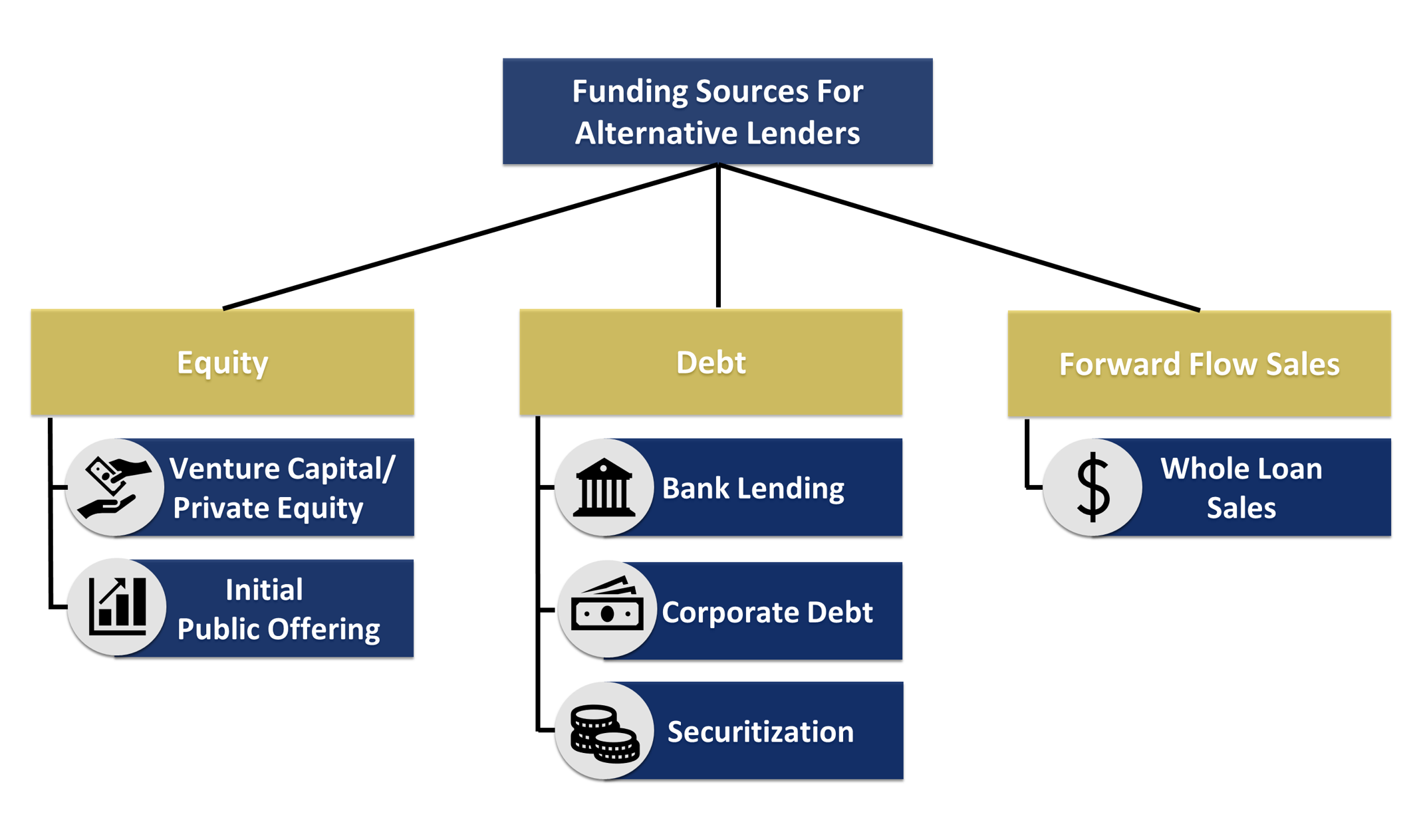About Us
About Cabling Installation & Maintenance
Our mission: Bringing practical business and technical intelligence to today's structured cabling professionals
For more than 30 years, Cabling Installation & Maintenance has provided useful, practical information to professionals responsible for the specification, design, installation and management of structured cabling systems serving enterprise, data center and other environments. These professionals are challenged to stay informed of constantly evolving standards, system-design and installation approaches, product and system capabilities, technologies, as well as applications that rely on high-performance structured cabling systems. Our editors synthesize these complex issues into multiple information products. This portfolio of information products provides concrete detail that improves the efficiency of day-to-day operations, and equips cabling professionals with the perspective that enables strategic planning for networks’ optimum long-term performance.
Throughout our annual magazine, weekly email newsletters and 24/7/365 website, Cabling Installation & Maintenance digs into the essential topics our audience focuses on.
- Design, Installation and Testing: We explain the bottom-up design of cabling systems, from case histories of actual projects to solutions for specific problems or aspects of the design process. We also look at specific installations using a case-history approach to highlight challenging problems, solutions and unique features. Additionally, we examine evolving test-and-measurement technologies and techniques designed to address the standards-governed and practical-use performance requirements of cabling systems.
- Technology: We evaluate product innovations and technology trends as they impact a particular product class through interviews with manufacturers, installers and users, as well as contributed articles from subject-matter experts.
- Data Center: Cabling Installation & Maintenance takes an in-depth look at design and installation workmanship issues as well as the unique technology being deployed specifically for data centers.
- Physical Security: Focusing on the areas in which security and IT—and the infrastructure for both—interlock and overlap, we pay specific attention to Internet Protocol’s influence over the development of security applications.
- Standards: Tracking the activities of North American and international standards-making organizations, we provide updates on specifications that are in-progress, looking forward to how they will affect cabling-system design and installation. We also produce articles explaining the practical aspects of designing and installing cabling systems in accordance with the specifications of established standards.
Cabling Installation & Maintenance is published by Endeavor Business Media, a division of EndeavorB2B.
Contact Cabling Installation & Maintenance
Editorial
Advertising and Sponsorship Sales
Peter Fretty - Vice President, Market Leader
Tim Carli - Business Development Manager
Brayden Hudspeth - Sales Development Representative
Subscriptions and Memberships
Subscribe to our newsletters and manage your subscriptions
Feedback/Problems
Send a message to our general in-box

